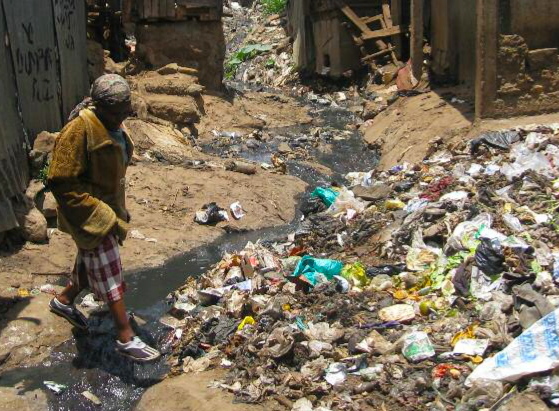#8: Period poverty and Menstrual Health Management

Period poverty is the lack of sanitary products, menstrual education, toilets facilities and/or menstrual waste management (Global Citizen, 2019). Period poverty is an important part of the water and development agenda as women face increased hygiene requirements whilst menstruating. Consequently, women are even more vulnerable to health risks from poor water, sanitation and hygiene (WASH) facilities (Kayser et al., 2019). Barriers faced by African women menstruating due to poor sanitation and water facilities (SDG 6) triggers the need to target multiple SDGs to improve the well-being (SDG 3), education (SDG 4), employment capability (SDG 8) and equality (SDG 5) of women. In this post, I will introduce some problems faced by women menstruating in Africa and solutions implemented to improve their menstrual hygiene management (MHM). Critically, period poverty not only implicates a woman's reproductive health but also has wider implications upon their socio-economic development. Sub
